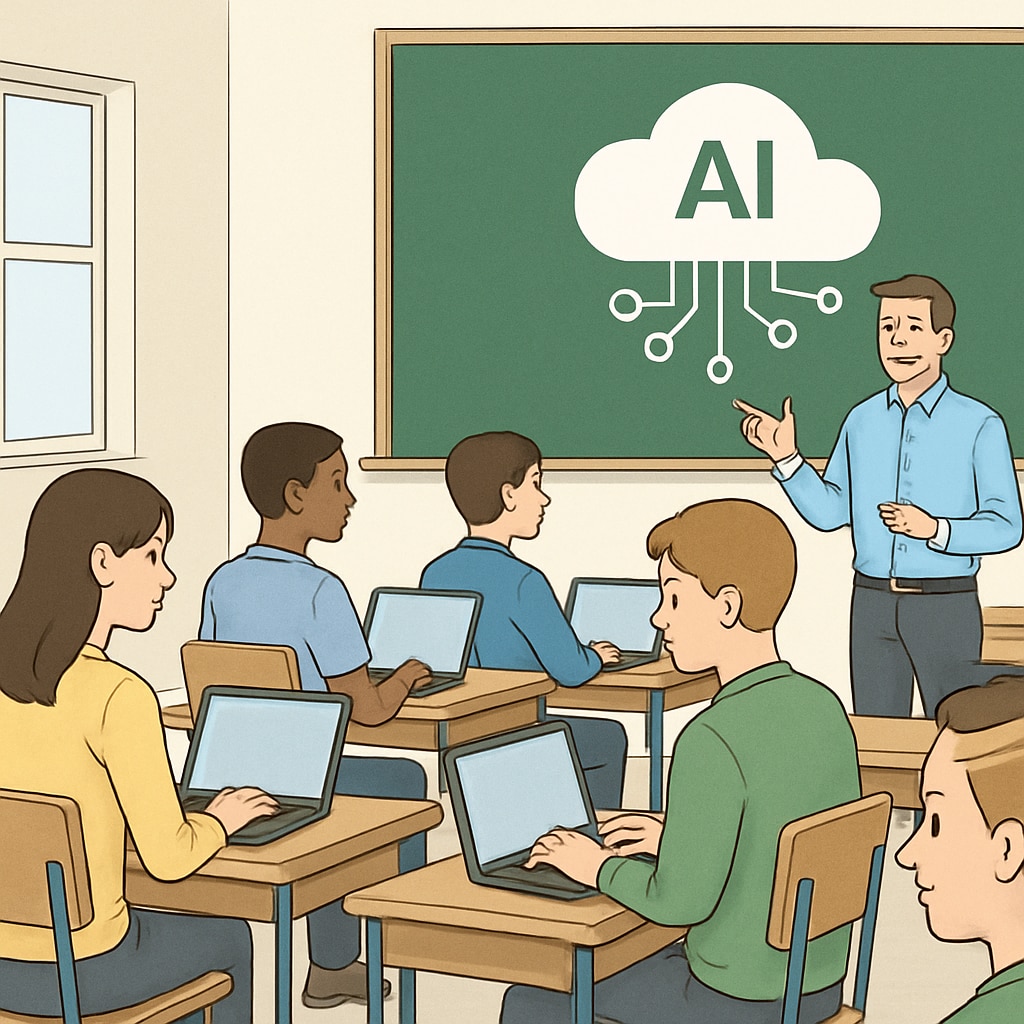The use of AI tools in education has sparked debates about innovation and fairness. As K12 students increasingly turn to AI for completing assignments, educators face mounting challenges in maintaining academic integrity. Issues such as effective detection and limited resources make this a pressing concern. This article explores the complexities of AI-assisted learning, the risks it poses to academic honesty, and strategies for balancing technological advancement with ethical standards.
Opportunities and Risks of AI in Education
AI technologies have revolutionized education, offering personalized learning experiences, instant feedback, and adaptive lesson plans. For instance, tools like ChatGPT can assist students in improving their writing or solving complex problems. However, these advancements come with risks, particularly when students misuse AI to complete assignments dishonestly.
The primary concern lies in the potential erosion of critical thinking and academic development. If students rely excessively on AI for their work, they may bypass the learning process entirely. This not only undermines the purpose of education but also raises questions about the fairness of grading systems.

Challenges in Detecting AI-Assisted Work
Detecting AI-generated assignments poses significant hurdles for educators. While some tools claim to identify AI-written content, their accuracy remains inconsistent. For example, AI detection software often struggles to differentiate between human-written and AI-assisted text, particularly if the student edits the output.
Moreover, schools with limited budgets may find it difficult to invest in advanced detection tools. This creates an uneven playing field, where some institutions can address AI misuse more effectively than others. As a result, the issue becomes not just about technology, but also about equity in education.

Strategies for Balancing Innovation and Integrity
To address these challenges, schools and educators can adopt several strategies:
- Implement Clear Guidelines: Establish rules on acceptable AI use, ensuring students understand the boundaries between assistance and plagiarism.
- Promote Ethical Use: Educate students about the value of academic honesty and the risks of over-reliance on AI tools.
- Invest in Teacher Training: Equip educators with the skills to identify potential misuse and incorporate AI responsibly into their teaching methods.
- Leverage Technology: Use AI detection tools strategically, combining them with human judgment for a comprehensive evaluation.
Additionally, fostering a culture of curiosity and critical thinking can reduce the temptation to misuse AI. For example, collaborative projects and open-ended assignments encourage deeper engagement with the subject matter.
The Path Forward
While AI tools offer immense potential for enhancing education, their misuse threatens the integrity of academic systems. Striking a balance between innovation and honesty requires a multifaceted approach that includes policy changes, teacher training, and ethical education.
Ultimately, the goal is not to eliminate AI from the classroom but to integrate it responsibly. By doing so, we can harness its benefits while preserving the core purpose of education: empowering students to think critically and creatively.
Readability guidance: This article uses short paragraphs and clear lists to summarize key points. Passive voice and long sentences are minimized, and transitional words ensure smooth flow. Images are strategically placed to complement the content.


